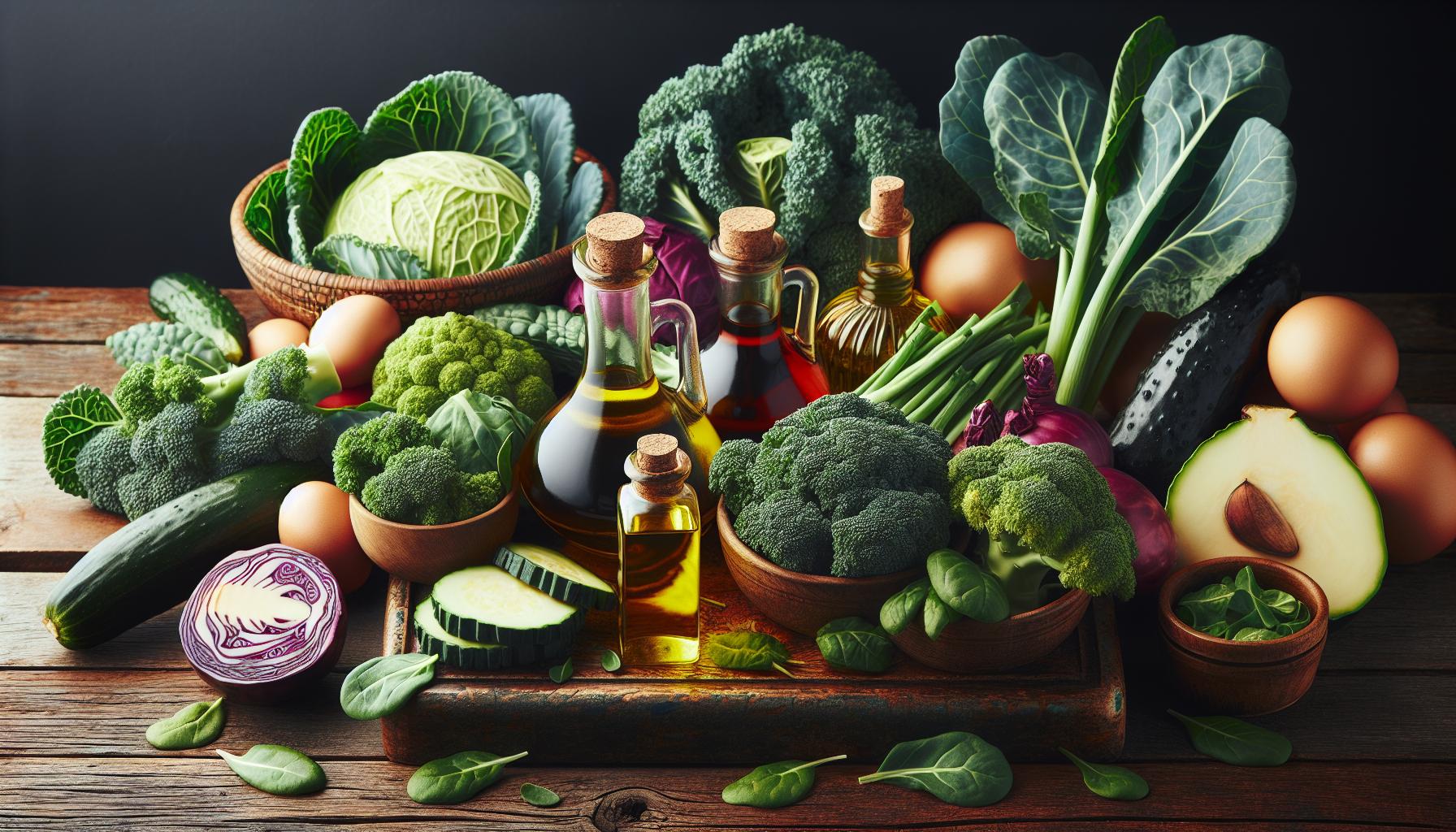Managing medications like Xarelto doesn’t mean saying goodbye to your favorite foods. While some blood thinners come with strict dietary rules that can turn meal planning into a mathematical equation, Xarelto offers more flexibility in food choices.
Unlike its predecessor warfarin, Xarelto Dietary Restrictions doesn’t require extensive food restrictions or constant monitoring of vitamin K intake. However, understanding how to take this medication with meals and knowing about a few dietary considerations can help patients get the most out of their treatment while maintaining their lifestyle.
Xarelto Dietary Restrictions
Xarelto (rivaroxaban) functions as a direct oral anticoagulant (DOAC) that prevents blood clot formation. This medication targets Factor Xa, a specific protein responsible for blood clotting in the body’s coagulation cascade.
Traditional blood thinners like warfarin require regular blood tests to monitor effectiveness through INR levels. Xarelto eliminates this monitoring requirement due to its predictable anticoagulant response. The medication maintains consistent blood levels when taken as prescribed.
Key benefits of Xarelto include:
- Fixed daily dosing without routine blood monitoring
- Fewer drug interactions compared to warfarin
- Rapid onset of action within 2-4 hours
- Shorter half-life of 5-9 hours in healthy adults
The dosing schedule varies based on specific medical conditions:
| Condition | Recommended Dose |
|---|---|
| DVT/PE | 15mg twice daily for 21 days, then 20mg once daily |
| AFib | 20mg once daily with evening meal |
| Hip/Knee Surgery | 10mg once daily |
Xarelto’s mechanism differs from vitamin K antagonists by directly inhibiting clotting factors. This direct action creates a more stable anticoagulation effect through:
- Targeted inhibition of Factor Xa
- Reduced interference with natural clotting processes
- Consistent therapeutic response
- Minimal impact on dietary choices
- Deep vein thrombosis (DVT)
- Pulmonary embolism (PE)
- Stroke in atrial fibrillation patients
- Blood clots after hip or knee replacement surgery
Foods That Interact With Xarelto

Specific foods interact with Xarelto’s effectiveness, requiring attention to dietary choices during treatment. Understanding these interactions helps maintain optimal medication performance while minimizing potential risks.
Vitamin K-Rich Foods
Xarelto’s mechanism differs from traditional blood thinners by not interacting significantly with vitamin K. Patients taking Xarelto can consume vitamin K-rich foods without adjusting their medication dosage. Common vitamin K sources include:
- Dark leafy greens: kale spinach collard greens
- Cruciferous vegetables: broccoli Brussels sprouts cabbage
- Vegetable oils: soybean oil canola oil olive oil
- Fermented foods: natto kimchi sauerkraut
Unlike warfarin, Xarelto maintains consistent anticoagulation levels regardless of vitamin K intake. This stability allows patients to maintain their regular dietary habits without constant monitoring.
Grapefruit and Other Citrus Fruits
Grapefruit products interact with Xarelto by affecting its absorption in the body. The interaction occurs through:
- Fresh grapefruit juice
- Concentrated grapefruit products
- Seville oranges
- Pomelos
- Tangelos
- Regular oranges
- Tangerines
- Lemons
- Limes
- Clementines
Managing Your Diet While Taking Xarelto

Successful Xarelto treatment depends on consistent medication timing and mindful dietary choices. Understanding specific dietary guidelines helps patients maintain therapeutic effectiveness while enjoying their regular eating habits.
Maintaining Consistent Eating Habits
Xarelto absorption rates vary based on the prescribed dosage timing relative to meals. Patients taking 15mg or 20mg doses maximize absorption by consuming these doses with evening meals. Taking 2.5mg or 10mg doses remains effective with or without food. A regular eating schedule supports consistent drug absorption patterns throughout treatment.
Meal timing affects Xarelto’s bioavailability in the following ways:
- Morning doses work independently of food intake
- Evening doses paired with food increase absorption by 39%
- Large meals enhance drug uptake compared to light snacks
- Consistent meal sizes help maintain steady drug levels
Alcohol Consumption Guidelines
Moderate alcohol consumption remains safe while taking Xarelto. The medication shows no direct interactions with alcohol, unlike traditional blood thinners. Patients limit alcohol to:
| Gender | Daily Limit | Weekly Limit |
|---|---|---|
| Men | 2 drinks | 14 drinks |
| Women | 1 drink | 7 drinks |
Key alcohol considerations include:
- Avoiding binge drinking episodes
- Spacing drinks throughout social occasions
- Maintaining hydration with water between alcoholic beverages
- Tracking consumption to stay within recommended limits
- 12 ounces of beer (5% alcohol)
- 5 ounces of wine (12% alcohol)
- 1.5 ounces of spirits (40% alcohol)
Timing of Meals and Medication

Taking Xarelto at the correct time with appropriate meal considerations optimizes its effectiveness. The absorption rate of Xarelto varies based on dose strength and meal timing:
15mg and 20mg doses:
- Take with evening meal to maximize absorption
- Food increases drug absorption by 39%
- Evening doses show better effectiveness than morning doses
- Take at any time of day
- Food intake does not affect absorption
- Consistent timing maintains stable blood levels
The meal size affects Xarelto’s absorption rate:
| Meal Type | Absorption Rate |
|---|---|
| Large meal | 39% increase |
| Small meal | 20% increase |
| No food | Baseline |
Patients establish a routine by:
- Taking medication at the same time daily
- Setting phone reminders for dose timing
- Marking doses on a calendar
- Coordinating doses with regular meals
- Using pill organizers for dose tracking
- Take forgotten doses immediately when remembered
- Skip missed doses if within 6 hours of next scheduled dose
- Never double up doses to make up for missed ones
- Record missed doses to discuss with healthcare providers
Common Misconceptions About Xarelto and Food
Several misconceptions surround Xarelto’s interaction with food, leading to unnecessary dietary restrictions. Here are the key facts that dispel common myths:
- Vitamin K Restrictions
- Xarelto maintains consistent effectiveness regardless of vitamin K intake
- Patients can eat green leafy vegetables without dose adjustments
- Regular consumption of vitamin K foods does not affect treatment outcomes
- Meal Requirements
- 15mg or 20mg doses benefit from food consumption
- 2.5mg or 10mg doses work effectively with or without meals
- Missing a meal does not diminish Xarelto’s anticoagulation effects
- Dietary Supplements
- Standard vitamins do not interfere with Xarelto
- Herbal supplements require healthcare provider approval
- Fish oil supplements remain safe during treatment
- Alcohol Consumption
- Moderate alcohol intake does not affect Xarelto’s effectiveness
- No specific restrictions exist for occasional alcohol use
- Excessive drinking increases bleeding risks
- Food Timing
- Taking doses at exact mealtimes is unnecessary
- Evening doses align naturally with dinner schedules
- Medication effectiveness remains stable within reasonable time variations
This information contrasts with older anticoagulants like warfarin, which require strict dietary monitoring. Xarelto’s predictable absorption patterns eliminate many food-related concerns, though patients should inform healthcare providers about significant dietary changes or supplement use.
| Dose Size | Food Requirement | Absorption Rate |
|---|---|---|
| 15-20mg | With food | 39% increase |
| 2.5-10mg | Optional | No change |
| Any dose | Large meal | 39% increase |
| Any dose | Small meal | 20% increase |
Eating Habits
Living with Xarelto Dietary Restrictions doesn’t mean strict dietary limitations. Patients can maintain their regular eating habits while following simple guidelines for optimal medication effectiveness. Understanding the relationship between food timing and Xarelto absorption helps create a sustainable routine that fits into daily life.
The key is consistency with medication timing and awareness of a few specific food interactions like grapefruit. With proper adherence to dosing schedules and basic dietary awareness patients can enjoy the benefits of this modern anticoagulant while leading a normal active lifestyle.

